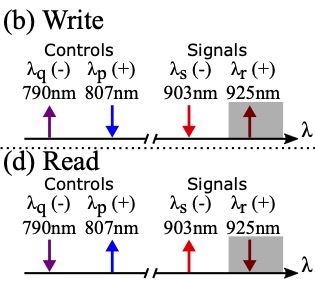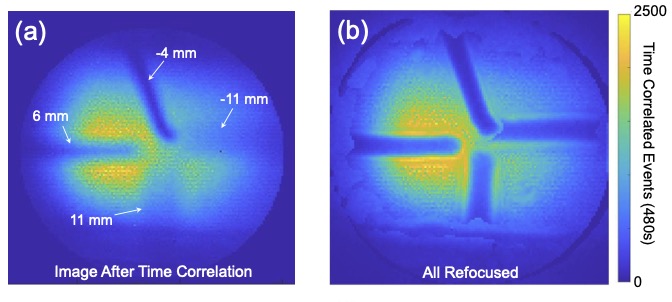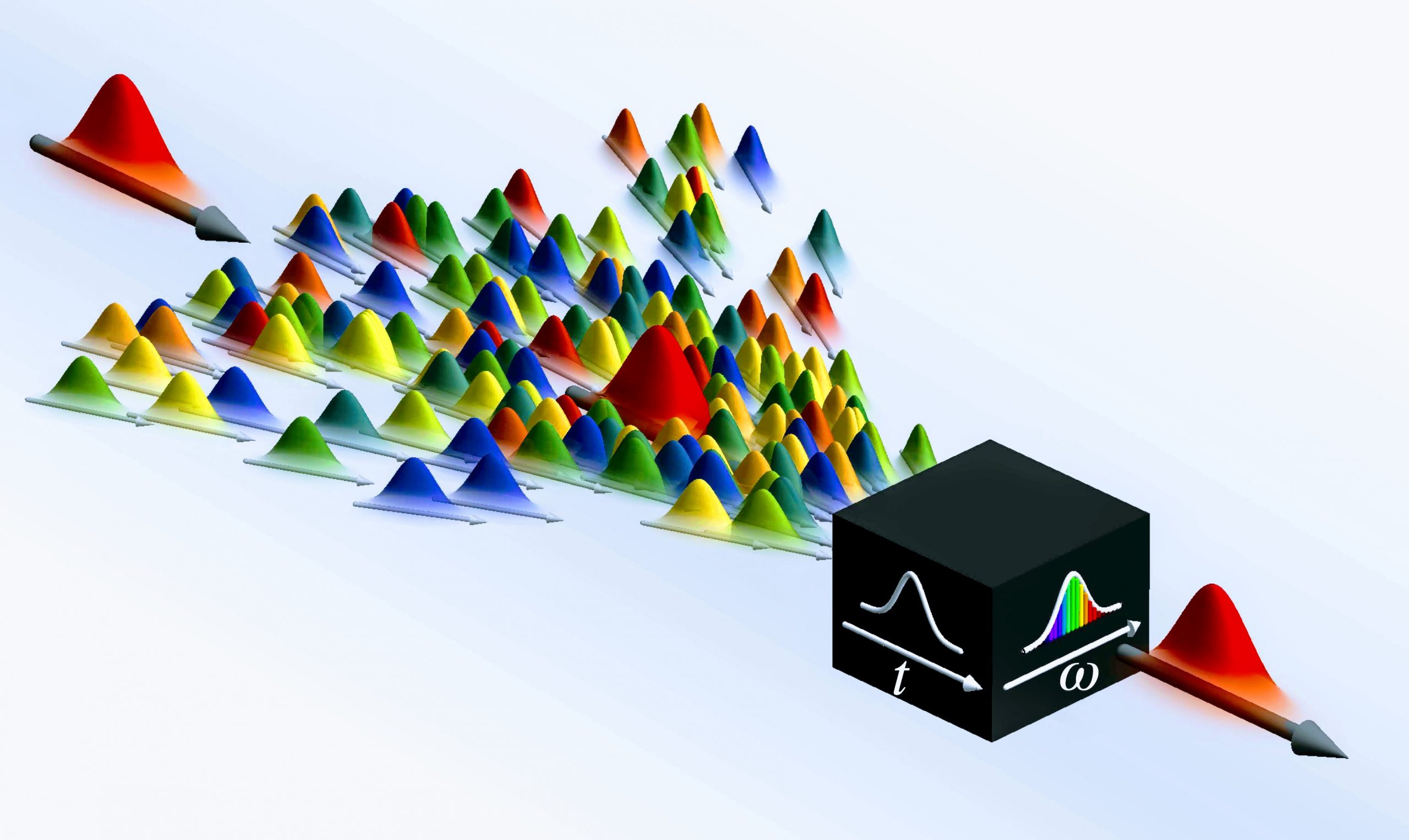News
Recent publications

Toward a Quantum Memory in a Fiber Cavity Controlled by Intracavity Frequency Translation
We propose a quantum memory protocol based on trapping photons in a fiber-integrated cavity, comprised of a birefringent fiber with dichroic reflective end facets. Photons are switched into resonance with the fiber cavity by intracavity Bragg-scattering frequency translation, driven by ancillary control pulses. After the storage delay, photons are switched out of resonance with the cavity, again by intracavity frequency translation. We demonstrate storage of quantum-level THz- bandwidth coherent states for a lifetime up to 16 cavity round trips, or 200ns, and a maximum overall efficiency of 73%.

Ray tracing with quantum correlated photons to image a three-dimensional scene
To capture a three-dimensional (3D) image, conventional methods often require multiple two-dimensional images of the scene from different perspectives. Here we show the reconstruction of a 3D scene with a fixed camera using quantum correlated photon pairs from a single source. Correlated photon pairs are effectively mirror images of each other so, by measuring the emission position of one photon, and the emission angle of the other, the entire propagation trajectory of the pair, and, subsequently, the 3D scene, can be reconstructed. The high photon correlation and low photon flux from a quantum source also makes it well suited for 3D imaging of light sensitive samples.

Achieving ultimate noise tolerance in quantum communication
At the fundamental level, quantum communication is ultimately limited by noise. For instance, quantum signals cannot be amplified without the introduction of noise in the amplified states. Fur- thermore, photon loss reduces the signal-to-noise ratio, accentuating the effect of noise. Thus, most of the efforts in quantum communications have been directed towards overcoming noise to achieve longer communication distances, larger secret key rates, or to operate in noisier environmental con- ditions. Here, we propose and experimentally demonstrate a platform for quantum communication based on ultrafast optical techniques. In particular, our scheme enables the experimental realization of high-rates and quantum signal filtering approaching a single spectro-temporal mode, resulting in a dramatic reduction in channel noise. By experimentally realizing a 1-ps optically induced tempo- ral gate, we show that ultrafast time filtering can result in an improvement in noise tolerance by a factor of up to 1200 compared to a 2-ns electronic filter enabling daytime quantum key distribution or quantum communication in bright fibers.